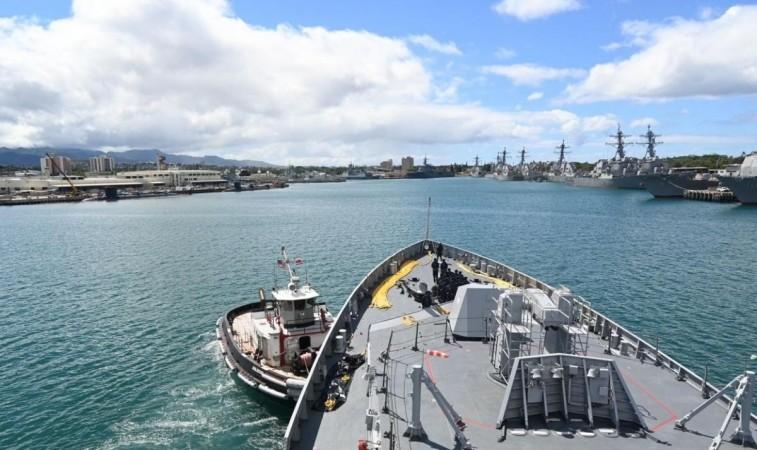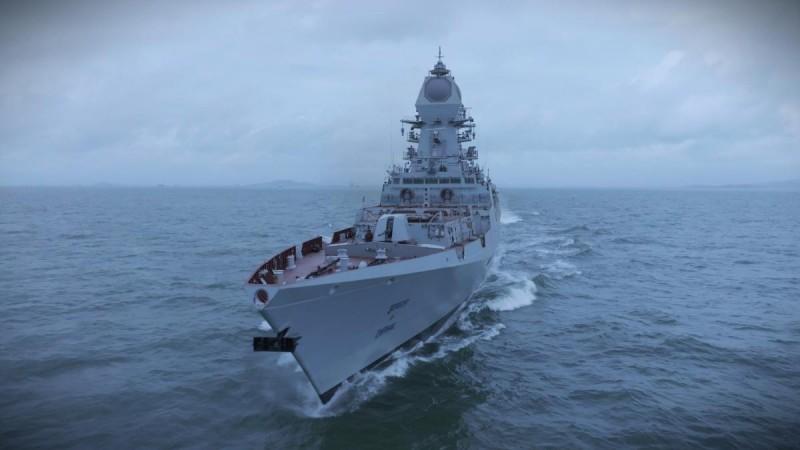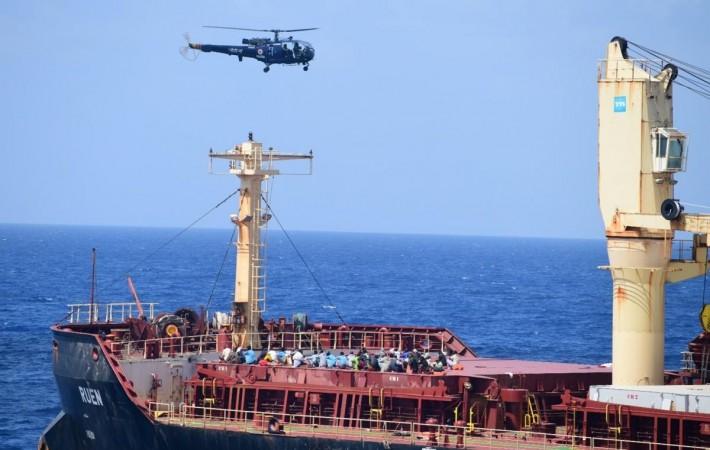
The Indian Navy's INS Shivalik has arrived at Pearl Harbour to participate in the 29th RIMPAC exercise. The exercise, hosted by the US Pacific Fleet, aims to enhance interoperability and contribute to Indo-Pacific peace. RIMPAC 2024 will include various operations and is participated by multiple countries, including India. Despite criticism, RIMPAC continues to be a crucial platform for fostering multinational cooperation and trust.
The Indian Navy's indigenous stealth frigate INS Shivalik has embarked on a significant journey, arriving at Pearl Harbour, Hawaii, to participate in the 29th edition of the biennial Rim of the Pacific (RIMPAC) exercise. This event, the world's largest international maritime exercise, is being held under the theme of 'Partners: Integrated and Prepared' and will run until August 1. The RIMPAC exercise, hosted by the Commander of the US Pacific Fleet, is a testament to the growing importance of maritime security in an increasingly interconnected world.
The Indian Navy's participation in this exercise is a significant milestone in the strengthening of maritime ties between India and the United States. The Indian Navy stated that the harbour phase of the exercise will run till July 7 and will include professional interactions, cross-deck visits, insightful workshops, and team building sessions. This is seen as yet another example of building bridges of friendship between India and the United States.

The RIMPAC exercise has grown over the years to be the world's largest and premier joint combined maritime training opportunity. Vice Admiral John Wade, Commander, US 3rd Fleet and RIMPAC 2024 Combined Task Force (CTF) commander, emphasized the exercise's purpose is to build relationships, enhance interoperability and proficiency, and ultimately contribute to peace and stability in the vitally-important Indo-Pacific region.
The exercise will also include various amphibious operations, gunnery, missile, anti-submarine, and air defence exercises, as well as military medicine, humanitarian assistance, disaster relief, counter-piracy, mine clearance operations, explosive ordnance disposal, and diving and salvage operations.
The participating countries in RIMPAC 2024 include Australia, Belgium, Brazil, Brunei, Canada, Chile, Colombia, Denmark, Ecuador, France, Germany, Indonesia, Israel, Italy, Japan, Malaysia, Mexico, Netherlands, New Zealand, Peru, South Korea, the Philippines, Singapore, Sri Lanka, Thailand, Tonga, United Kingdom, the United States, and India.
Earlier this month, INS Shivalik participated in the eighth edition of the bilateral Japan-India Maritime Exercise 2024 (JIMEX 24) held in Japan's Yokosuka. The Indian Naval Ship's deployment to the region is aimed at enhancing the degree of interoperability with the Japan Maritime Self-Defense Force (JMSDF), US Navy and other partner navies participating in RIMPAC 24.

The RIMPAC exercise is not without its critics. The Protecting Oceania Hui, a group of environmental and cultural Pacific organizations, has released a statement calling for an end to the multinational RIMPAC military exercise. Despite these protests, the exercise continues to be seen as a crucial platform for fostering multinational cooperation and trust, leveraging interoperability, and achieving respective national objectives to strengthen integrated, prepared, coalition partners.
The participation of the Indian Navy's INS Shivalik in the RIMPAC 2024 exercise is a significant development that underscores India's commitment to ensuring peace and stability in the Indo-Pacific region. It also highlights the growing importance of maritime security in an increasingly interconnected world. As the world's largest international maritime exercise, RIMPAC provides a unique platform for fostering multinational cooperation and trust, enhancing interoperability, and achieving national objectives. The exercise, despite its critics, continues to play a crucial role in fostering multinational cooperation, enhancing interoperability, and achieving national objectives.

















